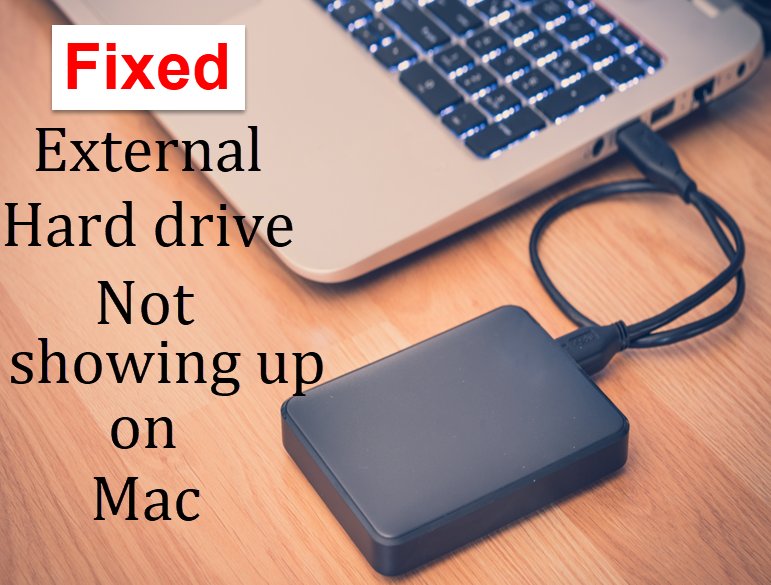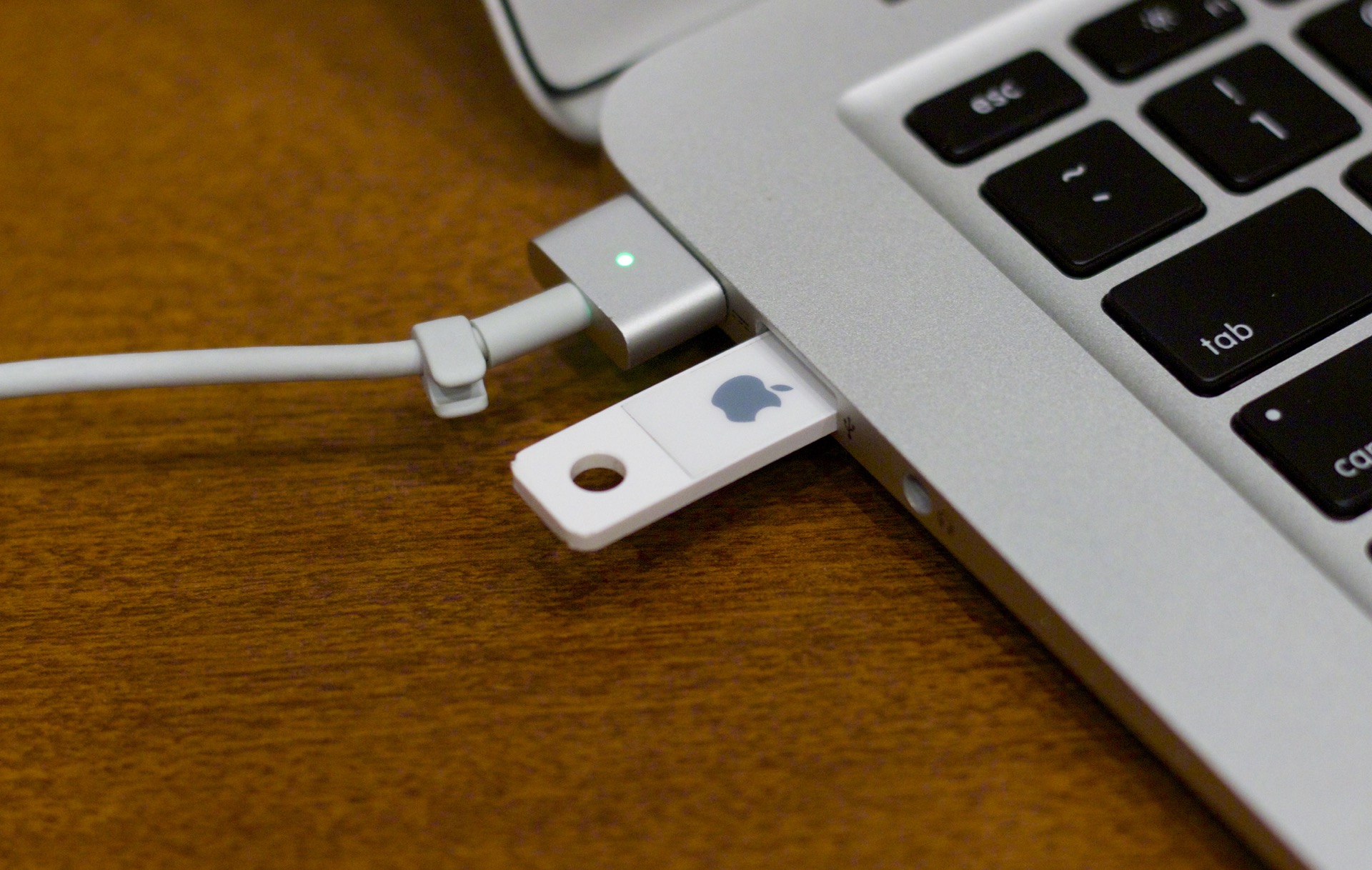

In October 2014, the seventh major revision of the 27-inch (69 cm) iMac was announced, whose main feature is a " Retina 5K" display at a resolution of 5120 × 2880 pixels. This version of the iMac was announced in October 2012, with the 21.5-inch (55 cm) version released in November and the 27-inch (69 cm) version in December these were refreshed in September 2013, with new Haswell processors, faster graphics, faster and larger SSD options and 802.11ac Wi-Fi cards. It also includes a dual microphone setup and includes solid-state drive (SSD) or hard disk storage, or an Apple Fusion Drive, a hybrid of solid-state and hard disk drives. This allows it to be thinner at the edge than older models, with an edge thickness of 5.9 mm (but the same maximum depth). The sixth major revision (late 2012) uses a different display unit, omits the SuperDrive, and uses different production techniques from the older unibody versions. The fifth major revision (mid 2007) shared the same form as the previous model, but was thinner and used anodized aluminum and a glass panel over the entire front. The third and fourth major revisions, the iMac G5 and the Intel iMac respectively, placed all the components immediately behind the display, creating a slim unified design that tilts only up and down on a simple metal base. The second major revision, the iMac G4, moved the design to a hemispherical base containing all the main components and an LCD monitor on a freely moving arm attached to it. In its original form, the iMac G3 had a gumdrop or egg-shaped look, with a CRT monitor, mainly enclosed by a colored, translucent plastic case, which was refreshed early on with a sleeker design notable for its slot-loaded optical drive. It has been the primary part of Apple's consumer desktop offerings since its debut in August 1998, and has evolved through seven distinct forms. IMac is a family of all-in-one Macintosh desktop computers designed and built by Apple Inc.
External hard drive for imac yosemite mac os#
External hard drive for imac yosemite install#
You can also install an operating system on it, which will have the following advantages:įor these reasons, many iMac users use only external SSDS. When installing, please be careful and attentive.Īdvantages of using an external SSD for iMacĪt the moment, it’s best to install an SSD drive on iMac 27 2011 or other previously released models. Replacing or installing SSDs for iMacs released in 2012, 2013, 2015, and 2017 follows the same procedure. If there are no problems, you can safely use this SSD. Then start the system and restore it from the backup copy. If after these manipulations your computer is booting from a standard hard drive, press the ALT key before the system starts to boot.Then install MacOS operating system on your external SSD.The backup copy should be equal to the volume of the SSD or less. After that, create a backup copy of the data from the iMac on any other drive.Using any disk utility, format the disk in the GUID. Connect an external hard drive to your computer.However, don’t fall into despair, because there is an alternative option.

You will need to connect the PCIe SSD strips for Mac, but they are very expensive and not every user can afford them.

Which SSD should I choose for iMac 2014−2017 and later?Īs for this year’s models and the newer ones, things get even more complicated. The same principle of selecting an SSD disk is used for iMac27. SATA 3 will always support the maximum data transfer rate of 6 Gbit/s. The fact is that not all M2 SSDs are compatible with this standard. Фото: Переходник для SSDIt’s worth paying special attention to the M2 and its adapter. These computers can support three formats at once: In this case, just as for Air models, a SATA drive is used, although the connector here is not quite the standard one. Which SSD should I choose for a 2012−2013 iMac?


 0 kommentar(er)
0 kommentar(er)
